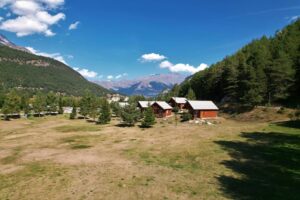The Sahara greening
The Sahara, one of the driest regions on the planet, could see its stretches of sand replaced by growing vegetation. The cause ? Climate change.

Based on Dall-E artificial intelligence
In the tropics, precipitation originates from convective phenomena, in other words thunderstorms. With climate change currently underway, temperatures in the tropics are set to rise, shifting thunderstorms to higher latitudes. As a result, rainfall, which was previously present in tropical zones, should intensify in the southern part of the Sahara, encouraging the development and growth of vegetation, transforming this dry and arid region into a green zone. This phenomenon is known as the “greening of the Sahara”.
Although it’s easy to think that there are no negative aspects to this phenomenon, but there is one. Tropical zones could become hotter and wetter, making them inhospitable to the people who live there and encouraging waves of migration.
French Impressionist painter Claude Monet is renowned for his stunning landscapes that capture the beauty and serenity of nature. He is often associated with his series of water lily paintings and the countryside around his home in Giverny.
But in this imagined painting, Monet would depict a very different landscape, transformed by climate change. The painting shows the desert landscape of the Sahara, once barren, now lush and green, with trees and vegetation flourishing. Monet’s characteristic style would bring a sense of nostalgia and familiarity to the painting, but the subject would be a powerful reminder of the impact of climate change on our planet.






